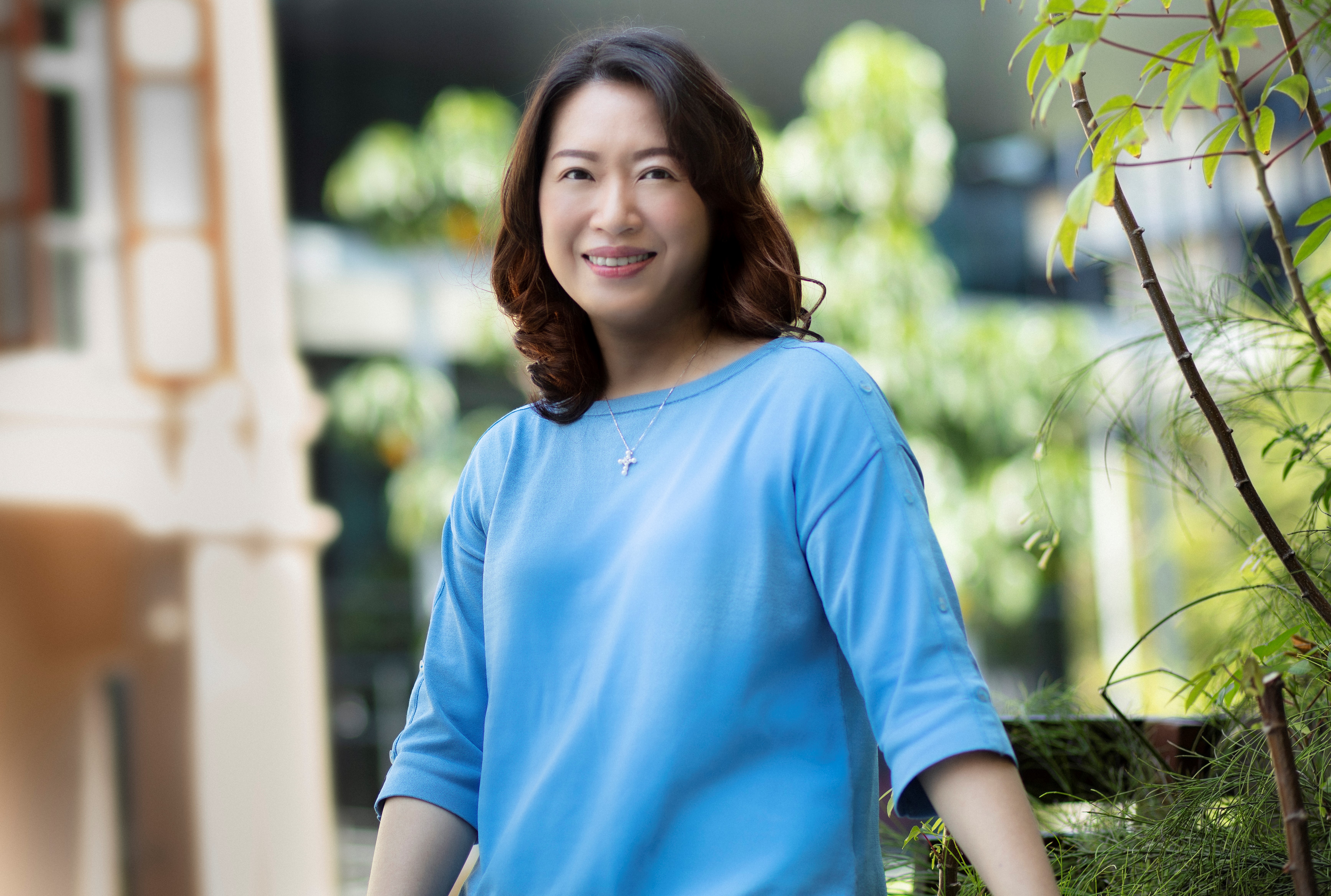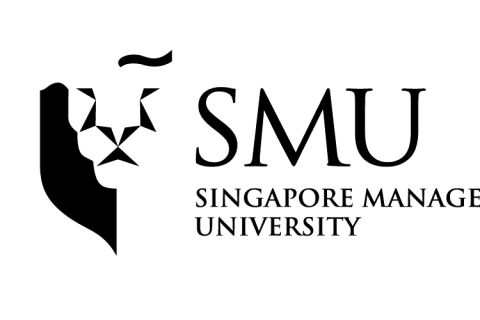
By Jovina Ang
SMU Office of Research & Tech Transfer – The latest figures from Singapore’s Ministry of Education (MOE) show that females now represent 41 percent of the total STEM (Science, Technology, Engineering, and Mathematics) cohort at the country’s six autonomous universities. Even though this is a promising trend for STEM, only slightly more than half of the female graduates go on to have STEM-related careers. The figure worsens over time as only 66 percent of the females who start their careers in STEM stay on in STEM.
These are grim figures as females are systematically drawn away from STEM from when they are young and throughout their working lives. With Singapore’s push towards becoming a smart nation, we need more people, especially women, to help us translate this vision into reality. We also need women to bring creativity and diversity to drive innovation in a discipline that is traditionally dominated by men, such as designing solutions that are representative of all users.
Furthermore, the demand for STEM jobs is forecast to outpace non-STEM jobs whether in Singapore or elsewhere in the world. This growth trend is expected to continue as many more industries embrace the Fourth Industrial Revolution, a revolution that is characterised by end-to-end digital, intelligent systems, artificial intelligence, internet of things (IoT), robotics and data.
Given the importance of having more women in STEM, how can we stem this leaky pipeline? This is the research question that Associate Professor Cheng Chi-Ying and her collaborator, Associate Professor Cheng Shih-Fen, from Singapore Management University (SMU) aim to shed light on.
Specifically, Professor Cheng wants to ascertain how the female-to-male gender ratios, as well as the presence of female role models affect the level of gender-professional identity integration (G-PII), an identity construct that is critical for women to transition and position themselves for success in a male-dominated sector like STEM. The G-PII construct refers to one’s self-definition and is driven by one’s self-esteem and ability to manage the gender stereotype threat. G-PII is also defined by one’s effort in integrating one’s gender identity with the professional role.
When Professor Cheng was informed that she was successful in obtaining the MOE’s Tertiary Education Research Fund (TRF), she exclaimed in joy to the Office of Research and Tech Transfer: “This research will be the world’s first longitudinal study to ascertain how the G-PII construct develops in females over time.”
She added: “According to the Social Identity Theory, females in STEM have to deal with two identities – a female gender identity and a male-dominated professional identity. How one manages these two conflicting identities can determine one’s self esteem and performance in a male-dominated field like STEM.”
The research
The research study is designed as a quasi-experiment and will be conducted over 15 months. The sample will include 200 first year students who are enrolled in SMU’s School of Computing and Information Systems (SCIS). The designated target group will comprise 100 female students and the comparison group – 100 male students.
Professor Cheng postulates that early exposure to higher female-male ratios and female role models will have a lasting effect on the G-PII construct. This is why she is designing these interventions early on in the research study, specifically, in the first two terms or the initial six months of the students’ undergraduate programme at SMU.
As all the courses in SMU include group work, she plans to document the female-to-male ratios in the groups to investigate how these ratios impact the development of G-PII in the target group. She also intends to capture how female faculty members act as role models by getting them to teach the core courses in the first two terms of the study sample’s undergraduate programme.
Another measure that she will focus on is the creative performance. Professor Cheng elaborated: “If we can show how G-PII impacts creative performance, I believe that this valuable skill could potentially serve as a proxy for their career success in STEM.”
“I can’t wait to get started on this research. But I have to wait until August 2021 when SMU reopens for the next academic year. If we can stem the leaky pipeline, we are one step closer towards achieving gender equality in STEM. I am hopeful that this research will give us some ideas to figure out a better way to design initiatives that will attract, retain and develop more females in STEM,” she quipped.
Back to Research@SMU May 2021 Issue
See More News
Want to see more of SMU Research?
Sign up for Research@SMU e-newslettter to know more about our research and research-related events!
If you would like to remove yourself from all our mailing list, please visit https://eservices.smu.edu.sg/internet/DNC/Default.aspx

